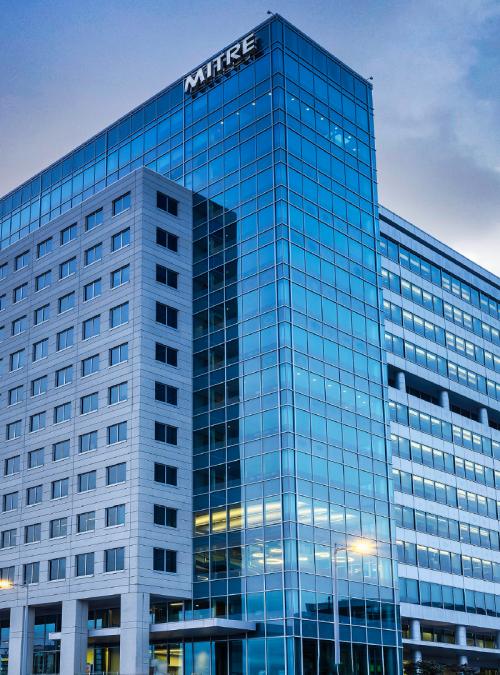Defense Acquisition University’s magazine published a contributed article from four of MITRE’s defense acquisition experts and one of our sponsors, the Department of Defense’s (DoD) Operational Energy – Innovation Directorate, detailing the benefits of the Transition Maturity Framework.
Cutting-edge technologies are essential for addressing evolving threats and maintaining operational readiness. As a result, the military annually invests billions of dollars in emerging technology research, development, test, and evaluation (RDT&E). For instance, in its fiscal year 2026 base budget, the Pentagon requested $142 billion in RDT&E funds. When these investments translate to technological advantage in warfighting capability, the United States and its allies benefit from increased military assuredness and deterrence. But the path from an innovative idea to a fielded capability is strewn with obstacles.
A critical juncture in defense technology development emerges where the goal changes from demonstrating feasibility (proof of concept) to demonstrating producibility and mission relevance (minimum viable product/prototype aligned to a capability need). Navigating this transition and demonstrating technological maturity requires DoD domain knowledge often outside the strengths of a typical science and technology (S&T) project team (e.g., manufacturing, cost estimation, defense acquisition, requirements, and operator training). This knowledge gap creates barriers to technology adoption and increases the risk of falling into the “valley of death.”
The Operational Energy Innovation Directorate (OE-I) in the Office of the Under Secretary of Defense for Acquisition and Sustainment developed the Transition Maturity Framework, or TMaF, to strategically manage technology transition.
The TMaF puts the warfighter first. It is designed to support S&T teams and RDT&E program managers in delivering warfighters superior technological capabilities. It helps S&T teams identify critical activities necessary to navigate their technologies past the valley of death. It provides program managers a framework for strategic project selection and execution management.
Although initially developed by OE-I, the TMaF is readily tailored for use by other defense programs.
